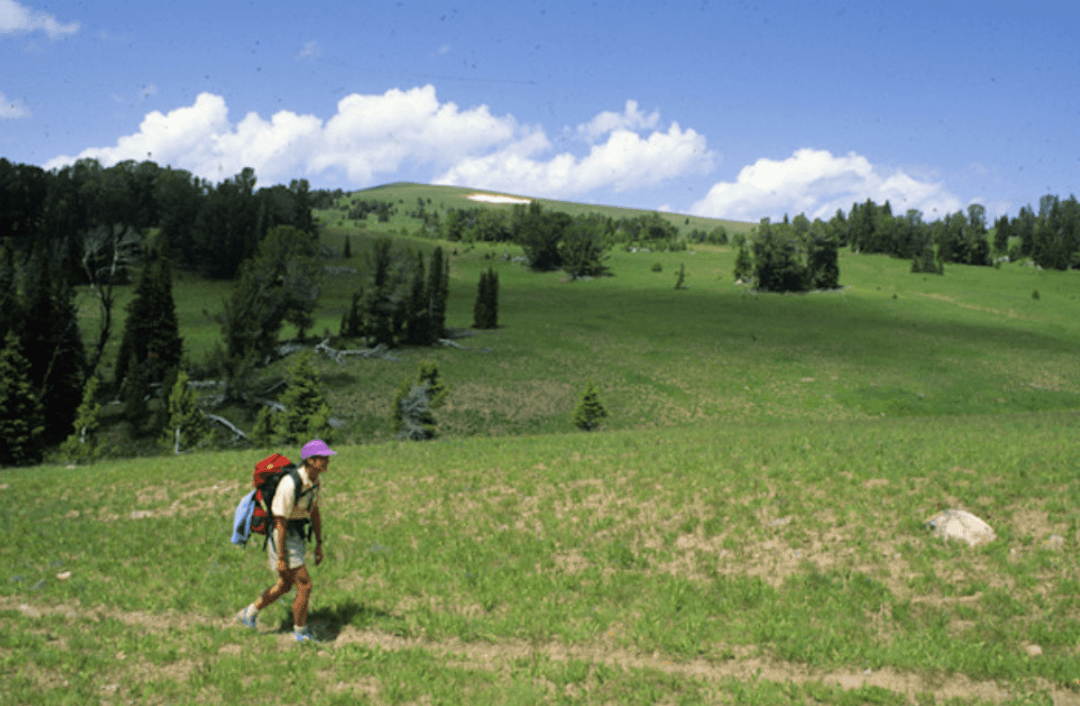Wilderness Alliance Rings in New Year with Wilderness Proposal

The Gallatin Yellowstone Wilderness Alliance today announced their proposal for new Wilderness designations on the Custer Gallatin National Forest (CGNF) in Southern Montana.
GYWA plans to introduce a Wilderness Bill to the US Congress, tentatively titled the Gallatin-Yellowstone Wilderness Act. The Bill would designate about 800,000 acres of new Wilderness in the northern Greater Yellowstone Ecosystem and nearby federal lands. GYWA has identified Montana’s CGNF as the epicenter of some of the most spectacular unprotected wild lands in the nation.
Phil Knight of GYWA said, “It’s a new year, after a very tough 2020, and we all need positive ideas. How about a fresh start by protecting more Wilderness? What could be better for the people, the wildlife and the land?”
George Wuerthner, author, ecologist and GYWA board member, said, “The Greater Yellowstone Ecosystem is part of the global heritage, and we have a responsibility to do everything we can to preserve it.”
“We are talking about protecting some of the top one or two per cent of wild country in the lower 48” asserted, Phil Knight of the GYWA. These wild lands are some of the best wildlife habitat in the country, providing a home for Grizzly Bear, Lynx, Wolf, Elk, Moose, Mountain Goat, and Bighorn Sheep, and are the source of waters that support genetically pure Yellowstone and West Slope Cutthroat Trout.
Anne Millbrooke, GYWA board member, explained, “Big open spaces are not actually open and certainly not wasted. Nature fills that space and uses it. As byproducts, nature protects our clean air and clean water. It even stores carbon.”
From Cowboys Heaven to the Tongue River Breaks, the Crazy Mountains to the Line Creek Plateau, the Gallatin Crest to Lionhead, the Beartooth Front to the Pryor Mountains, there is no other national forest like it. The CGNF caps Yellowstone National Park like a crown of wild mountains.
GYWA believes that what the CGNF does best is provide for high-quality wild lands. It is not the nation's wood box, nor should it be the nation’s outdoor gymnasium.
Wild lands protection is critical to the quality of life of the region’s communities, and essential to the outdoor economy that draws visitors, as well as contributing to the wellbeing of residents providing clean water, important fish habitat, critical wildlife habitat, scenic beauty, and solace for people in troubled times.
According to Conservation Biology principles, larger protected areas are better than smaller patches of habitat. So it is important to conserve larger unprotected wild lands, especially if they are contiguous to existing protected areas such as Yellowstone Park.
In addition, some wild lands are critical corridors for the movement of wildlife between other protected landscapes. For example, the Bridger Mountain Range can serve as a corridor connecting the Greater Yellowstone Ecosystem to other wild lands further north.
You can view GYWA’s draft wilderness legislation at https://www.gallatinyellowstonewilderness.org/proposal